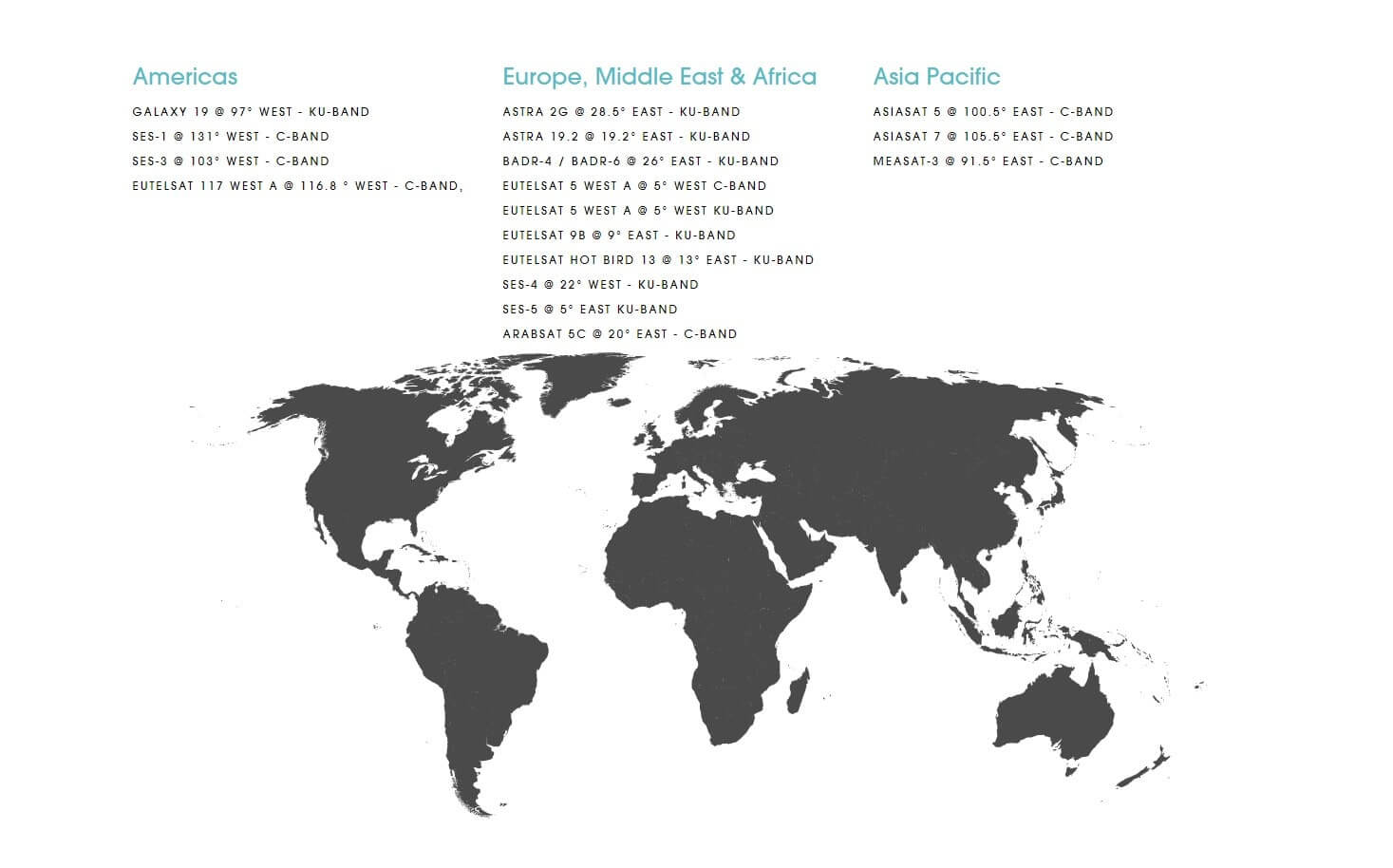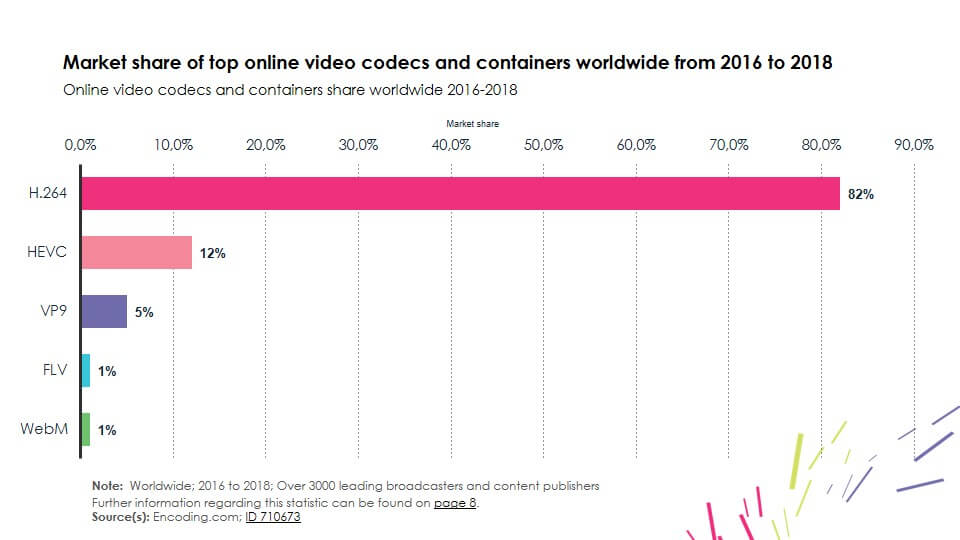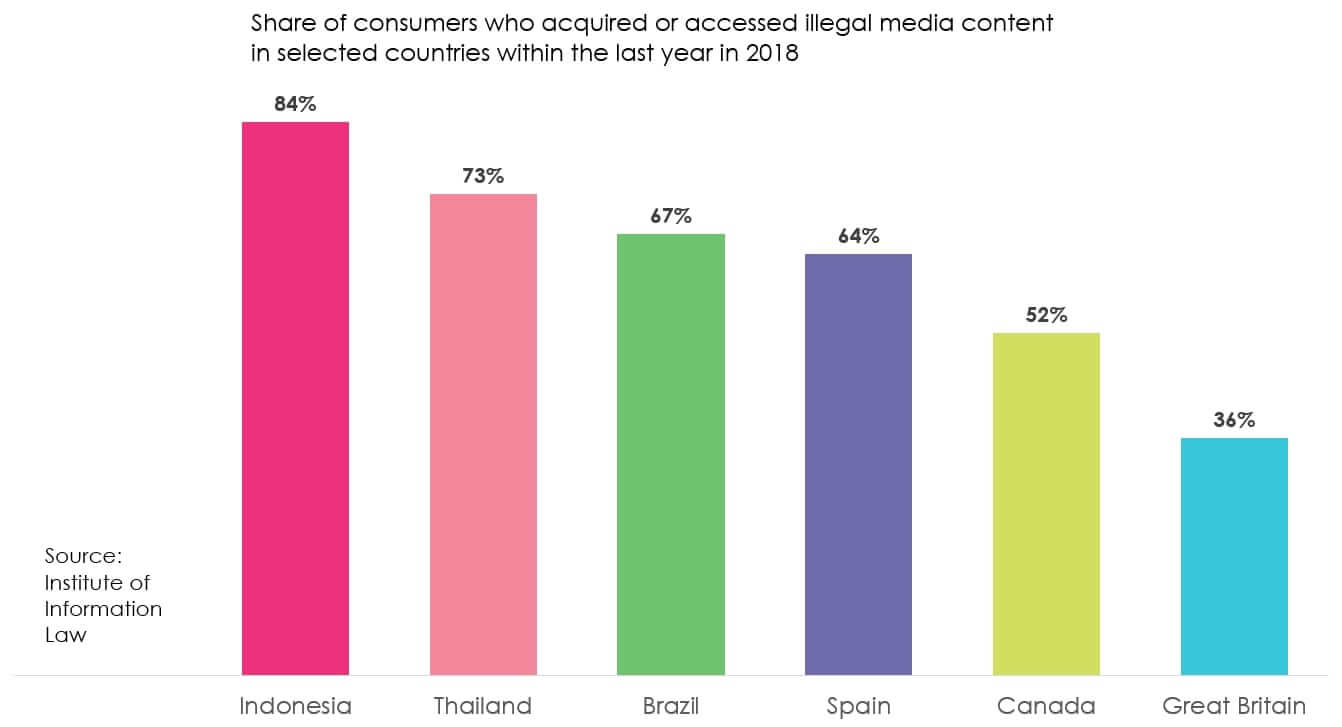People love OTT video with many embracing it and that number continues to rise; this has been the decade of OTT growth. From the content producer to consumer, streaming media is part of the entertainment industry. But is OTT free from imperfections? Is OTT a magical solution for consumers, broadcasters and technology companies? Let’s have a look.
1. Latency – Thou shall not be late
If there’s one OTT sin that we should single out, latency might well be it.
Hearing others cheering near you ten seconds before you do, as they watch via linear broadcast before you actually see the goal, can ruin your day.
Some might say that we only care every four years when the FIFA World Cup™ is on but that’s a pretty narrow way to look at it: thrilling sports and live events happen every day. We’re not just talking about soccer, but basketball, cricket, American football, particularly with the Super Bowl, Formula 1; there are many events that benefit from very low latency.
Not to mention when watching sports via a second screen, a single tweet can ruin your experience.
Here is the average latency that can be measured – more in this Viaccess-Orca blog.
- Satellite latency: 3.5 – 12 seconds
- IPTV latency: 4 – 6 seconds
- Terrestrial Cable: 6 -12 seconds
- OTT: 25 – 40 seconds
Yes, that’s a big sin. At Globecast, we strive to be across industry standards and work with partners that help create the best experience and are fighting to reduce this latency (packager, best CDN providers, webRTC). The emerging CMAF standard could be another solution.
2. Coverage – Thou shall be everywhere
OTT does not cover the entire world. Of course, there’s internet availability in every country. But what that internet allows, and to whom, varies a lot.
Bandwidth can be enough to only offer SD services in some countries (like Bolivia). Or it can provide 4K nearly everywhere in other countries, such as Singapore.
5G will drastically increase broadband internet access, thus enabling delivery of high-resolution OTT video.
Meanwhile, we have your back covered with satellite, fibre or hybrid distribution solutions.

3. Fragmentation – Thou shall be compatible
The past certainly had its benefits: fewer devices, fewer formats and even fewer distribution means. But the past is the past.
Before OTT, things were already becoming more complex: 4/3, 16/9, satellite, IPTV, MPEG-2, MPEG-4, differences in TV sets.
However, OTT fragmentation has reached previously unseen levels on multiple fronts:
- Devices: in 2015 there were 24,000 different devices for Android alone
- OS: Android, iOS, Windows and for each OS, up to 10 or more versions to support
- Codecs: once we had Flash Video (FLV). Now, there are so many, calling it a codec war doesn’t seem too farfetched.

- Format: you shall be HLS and DASH compatible, though it’s a moving target, not fixed (fortunately) and CMAF is entering the picture.
- Resolution: SD, HD, 4K/Ultra HD, 8K, with or without HDR. That’s not linked to OTT directly, but maintaining resolution compatibility when you think of the number of devices makes it a bit more complicated
- Features: we’re used to, and like, being able to control the viewing experience and this is no different when using OTT. So subtitles, language track, fast forwarding: the level of features to support on different devices keeps increasing.
4. Cost – Thou shall not increase
Cost, price; when is the last time you spent a day without hearing, talking – or complaining – about increasing costs?
As we wrote in this article 10 questions to help you choose between satellite and OTT, OTT delivery costs keep increasing while the situation levels out with satellite:
“But what is the magic ratio for switching from one to the other? Opinions differ: some say that for between 100,000 and 500,000 viewers, OTT becomes more expensive than satellite. Others say that the break-even point for satellite is around 50,000 viewers. OTT is becoming increasingly affordable, because CDN costs are falling by nearly 20% per year.”
It can become a serious matter when your business model is based on OTT. Netflix took control of its distribution for this reason – among others.
Tubi TV, the free streaming service is paying a lot of attention to this
At Globecast, we have deployed WebRTC content redistribution among viewers with features called Optim’Net to help the cost to stay as low as possible and make sure they don’t increase directly in line with the consumption.
5. Buffering – Thou shall load, and better load fast
Together with latency, this is one of the major sins of OTT. But this one does not affect everybody the same way: the region, OTT platform architecture and the player used can drastically change the experience.
What is for sure is that no one likes buffering:
- 29% Will Stop Watching After One Problem according to this Streaming Media article
- 20% will just stop using an app according to this article from RapidTvNews
ABR – Adaptive Bitrate Switching – is one solution and it helps, a lot. If somebody tries to sell you a service without it, unless you have good reason, you should refuse. But on it’s own it’s not enough, clearly.
In addition to optimization that can be handled in the network and the player, AI is coming to the rescue – OK, it might be coming to the rescue. AI and Deep neural network should drastically improve the online streaming experience.
6. Language – Thou shall talk my language at my pace
It’s not exactly a sin. Talking many languages is good! However, it’s true that OTT has given more power to the consumer, blurred frontiers and with it, created more expectations. The list of must-have features is extensive and includes:
- Multiple audio tracks
- On-demand and live subtitles
- Fast forward, slow motion, downloading, multiple input sources
- Thumbnail display, recommended video
- Online advertising for live or VOD. This one in particular is becoming more important every day to sustain the business model of many OTT players. Maybe one of the reasons we’re highlighting SSDAI (Server-Side Dynamic Ad Insertion) at IBC 2019…
And of course, the list keeps growing.
7. Piracy – Thou shall not stream for free

Protecting content is something that we’ve been doing for ages, with our partners including, for example, Viaccess-Orca.
As an industry we do know how to do this across OTT too but when you add all the sins up, there are still key questions that have to be asked:
- Is the protection working for all devices, all formats, all resolutions?
- Are you sure that the protection used, whatever it is – DRM, Geo-blocking, white listing – won’t decrease service performance leading to the loss of paying customers?
Fortunately, there are many ways to fight back but this one of the OTT sins where the battle will be never-ending.
Have we forgotten any sins? Would you say the virtues overwrite the sins? We do.
Let us know or better, come and discuss it on our booth at IBC: Hall1 A27.

